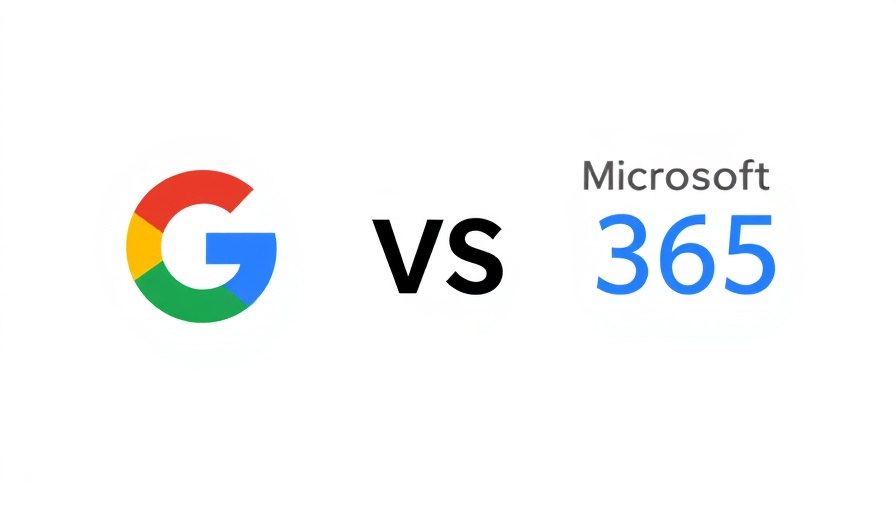
Google Workspace vs Office 365: The Ultimate Showdown for Small Businesses
The landscape of productivity software is continually evolving, especially with the rise of remote work. Small business owners often find themselves at a crossroads, trying to decide between two titans: Google Workspace and Office 365. By 2025, understanding the differences, functionalities, and practicalities of these platforms will be crucial for enhancing efficiency.
What Each Platform Offers
Google Workspace shines in real-time collaboration, making it an ideal choice for remote teams. With tools like Google Docs and Sheets, multiple users can edit documents simultaneously, fostering teamwork regardless of location. Features like custom domain-based email addresses cater specifically to small businesses aiming to boost professional credibility.
In contrast, Office 365 benefits larger organizations needing advanced features. Microsoft’s platform includes sophisticated tools for automated emails and enhanced security protocols, which are appealing for businesses managing sensitive client data. Each platform prioritizes different needs, making it essential for owners to reflect on their team's specific requirements when making a decision.
Cost and Affordability
As a small business owner, budgeting is always a priority. Google Workspace tends to be more straightforward, offering pricing plans that scale with your needs. Office 365, however, can become more expensive due to its multiple tiers of service that may offer features most small businesses wouldn’t fully utilize.
Future Trends to Consider
Looking ahead, the integration of AI tools—with Google Workspace’s Gemini already underway—hints at how productivity features will continue to evolve. Businesses investing in these platforms must consider which tools will benefit them in the long term as automation and artificial intelligence become more prevalent in daily operations.
Choosing between Google Workspace and Office 365 is not merely an exercise in picking a productivity tool; it’s a strategic business decision. As you evaluate options, consider the unique needs of your team, your budget constraints, and how you foresee your business evolving in this rapidly changing digital landscape.
 Add Row
Add Row  Add
Add 




Write A Comment